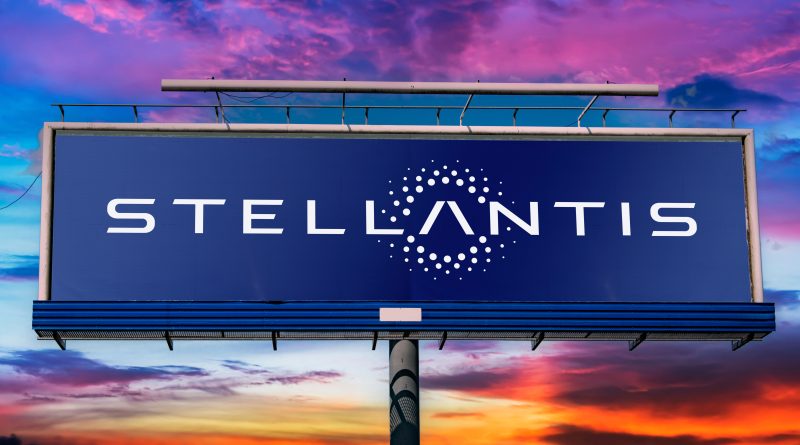Stellantis’ Strategy to Electrify the U.S. Market
Stellantis, the entity formed from the merger of Fiat Chrysler and Peugeot S.A., is taking a “segmented” approach to conquer the U.S. market. Unlike Ford and Tesla, which have been pushing smaller, more affordable EVs, Stellantis is focusing on electric pickups, SUVs, and muscle cars. This strategy aligns with the American love for larger vehicles, ensuring that Stellantis offers products that fit the U.S. consumer’s lifestyle rather than trying to change consumer habits.
Upcoming Electric Models and Investments
2024 is set to be a pivotal year for Stellantis, with the launch of its first full battery-electric offerings in the U.S., including the Jeep Recon, Jeep Wagoneer S, and an electric Dodge muscle car. This lineup is a clear indication of Stellantis’ commitment to providing a variety of EV options to the American market. Additionally, the company’s $1.1 billion investment in Zhejiang Leapmotor Technologies Ltd. underscores its strategy to enhance its EV manufacturing capabilities and offer competitive EVs in regions beyond China.
The transition to electric vehicles in the U.S. is fraught with challenges, primarily due to consumer skepticism towards EVs. Stellantis believes that by offering electric versions of already popular models, such as pickups and SUVs, it can make a more persuasive case for EV adoption among American consumers. This strategy also acknowledges the diverse needs of the U.S. market, where the demand for EVs may vary significantly between coastal areas and middle America.
Stellantis’ Global EV Ambitions and Challenges
Globally, Stellantis has ambitious plans for its EV portfolio, aiming to double its revenue by 2030 and maintain a double-digit profit margin. The company’s strategic investments in electrification and software development are geared towards achieving these goals. Despite the higher production costs associated with EVs, Stellantis is confident in its ability to sustain profitability through increased efficiency, cost savings, and potentially, government support.
At the heart of Stellantis’ strategy is a keen understanding of the balance between embracing new technologies and respecting traditional automotive values. The company’s investment in electric muscle cars and trucks with on-board gas generators for extended range exemplifies this balance. By integrating cutting-edge EV technology with the power and performance American consumers expect, Stellantis is not just participating in the EV market; it’s leading a cultural shift towards electric mobility.
Stellantis’ approach to the EV market is both bold and strategic. By focusing on electric pickups, SUVs, and muscle cars, the company is aligning its offerings with the American consumer’s preferences. As Stellantis rolls out its electric lineup in the coming years, its success will not only be a testament to the viability of its strategy but also a potential catalyst for a broader acceptance of EVs in the U.S. and beyond. In the evolving landscape of the automotive industry, Stellantis is positioning itself not just as a participant but as a leader, ready to define the future of electric mobility.
